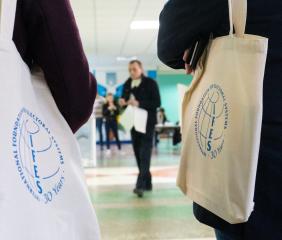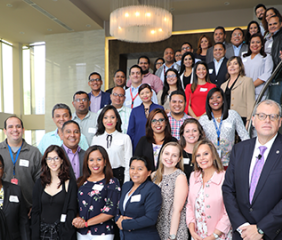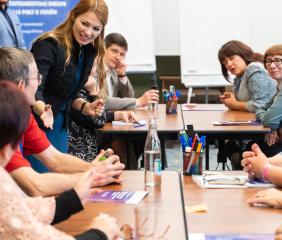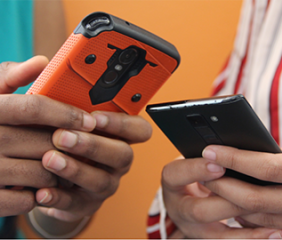Tools & Resources
Filter by
Type
Publication date
Language
Type
Publication date
Language
Election Material
Civic Education Material
Tribunal Elecciones Estudiantiles
“Student Electoral Tribunal” is a sample ballot, available in Spanish, issued in 1989, by the Student Electoral Tribunal of the San Antonio of Belen Spanish School, Costa Rica, in lead up to the 1989 Student Tribunal Executive Committee Elections. The ballot contains the names, photos, and the flag colors of the student political parties running for office as well as the list of the parties’ members.
Election Material
Civic Education Material
Sintesis de las Actividades des Centro Ideas 1988
“Analysis of the IDEAS Center’s Activities-1988” is a training outcome report, available in Spanish, issued in 1988 by IDEAS, Costa Rica. The report summarizes a Civic Education Organization’s table agent training results. The report is comprised of tables showing the data of the IDEAS table agents’ activities throughout 1988.
Election Material
Civic Education Material
Participacion del Comite Ejecutivo 87-88 en Actividades Cantonales y Nacionales
“Participation of the Executive Committee of 1987-1988 in the Regional and National Activities” is a youth Civic-Education project description, available in Spanish, issued in 1988 by the Executive Committee of the fifth Student Council, Costa Rica. The document summarizes the fifth youth congress events, describing the activities at the regional and national level it has been involved with.
Election Material
Civic Education Material
El Gobierno Estudiantil fue elegido
“The Student Government was Elected” is an election results document, available in Spanish, issued in 1988 by the Student Electoral Tribunal and meant to outline the integral student government elections and to announce the name of the winning student political party.
Election Material
Civic Education Material
Diga si Vota No
“Say Yes, Vote No” is an informative leaflet, available in Spanish, issued by IDEAS-Temuco organization, Costa Rica and intended to encourage voters to vote “Yes” and “No” on specific issues. The leaflet provides the list of what people are encouraged to approve or disapprove. The “No” vote is mainly concerned with ethnic discrimination and repression.
Election Material
Civic Education Material
Guia para la Capacitacion de Apoderados de Mesa
“Training Guide for Table Agents” is a table agent training guide, available in Spanish, issued in 1988 by IDEAS in Costa Rica, in lead up to the 1988 Referendum in Costa Rica. The guide outlines the responsibilities of the table agents assigned to aid during the plebiscite. The guide describes the tasks to be performed by the table agents as well as the materials that would be used on the day of the Referendum.
Election Material
Civic Education Material
Un Gobierno …
“One Government…” is a high school government campaign poster, available in Spanish, issued in 1988 by a high school party in Costa Rica in lead up to the elections of the student government.
Election Material
Election and Political Party Law
Law on The Organization of Constitutional Referendum
Law on The Organization of Constitutional Referendum
Election Material
Civic Education Material
Plan de Gobierno le los Quintos Grados de la Escuela Joaquin Lizano Gutierrez
“Government’s Five Goals Plan for the Joaquin Lizano Gutierez High School” is a proposal document, available in Spanish, issued in 1987 by the Student Electoral Tribunal of Joaquin Lizano Gutierrez High School, Costa Rica. The proposal document encloses a list of goals a student government party has and the rules for candidates/parties in the elections.
Election Material
Civic Education Material
Informe del Gobierno Estudiantil
“Student Government Report” is a student government report, available in Spanish, issued in 1987 by the newly elected student government body of the Joaquin Lizano Gutierez High school in Heredia, Costa Rica. The report describes the preparation and execution of a student electoral process and presents the names of the officers of the government body. Additionally, it includes children’s attitudes and experiences, as seen by teachers, in the organizing of the elections for the student government.



